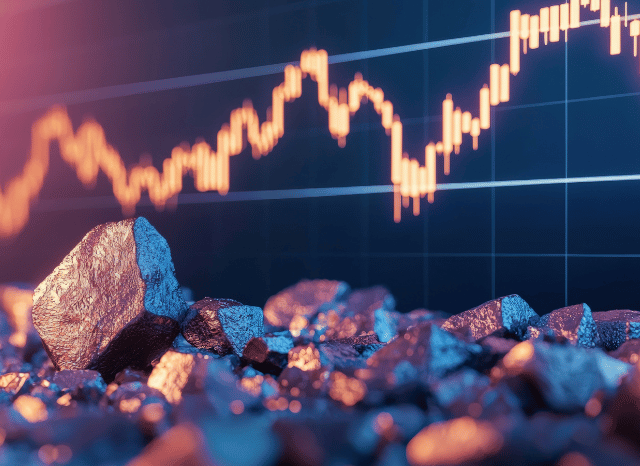Uncommon Earth Component Minerals: World-wide Supply and Need by Stanislav Kondrashov
Uncommon Earth Component Minerals: World-wide Supply and Need by Stanislav Kondrashov
Blog Article

The strategic metals powering the Vitality transition at the moment are centre stage in geopolitics and sector.
After confined to niche scientific and industrial circles, scarce earth features (REEs) have surged into world wide headlines—and once and for all reason. These 17 elements, from neodymium to dysprosium, will be the building blocks of contemporary engineering, playing a central position in every little thing from wind turbines to electrical vehicle motors, smartphones to defence programs.
As the world races in direction of decarbonisation and digitalisation, desire for REEs is soaring. Their part during the Power transition is significant. High-efficiency magnets manufactured with neodymium and praseodymium are important to the electrical motors Utilized in equally EVs and wind turbines. Other REEs like europium and terbium are handy for lights, displays, and optical fibre networks.
But supply is precariously concentrated. China currently prospects the sourcing, separation, and refining of uncommon earths, controlling more than eighty% of world output. This has remaining other nations scrambling to make resilient offer chains, lessen dependency, and secure usage of these strategic methods. Therefore, unusual earths are no longer just industrial products—they're geopolitical belongings.
Traders have taken note. Fascination in rare earth-similar stocks and exchange-traded resources (ETFs) has surged, driven by both of those the growth in cleanse tech and the desire to hedge from supply shocks. Nevertheless the industry is intricate. Some companies are still from the exploration phase, Other folks are scaling up output, although a handful of are currently refining and here providing processed metals.
It’s also important to understand the difference between scarce earth minerals and uncommon earth metals. "Minerals" confer with the raw rocks—like bastnasite, monazite, xenotime, or ionic clays—that consist of scarce earths in natural form. These need intensive processing to isolate the metallic components. The term “metals,” However, refers to the purified chemical elements Employed in superior-tech purposes.
Processing these minerals into usable metals is high-priced. Outside of China, handful of countries have mastered the entire industrial system at scale, while spots like Australia, the U.S., Vietnam, and Brazil are Doing work to change that.
Desire is getting fuelled by a number of sectors:
· Electric powered mobility: magnets in motors
· Renewable Vitality: especially wind turbines
· Purchaser electronics: smartphones, laptops, sensors
· Defence: radar, sonar, precision-guided programs
· Automation and robotics: more and more important in sector
Neodymium stands out as a very useful rare earth resulting from its use in potent magnets. Many others, like dysprosium and terbium, boost thermal security in superior-functionality apps.
The scarce earth marketplace is volatile. Charges can swing with trade coverage, technological breakthroughs, or new offer resources. For traders, ETFs present diversification, though immediate inventory investments feature better hazard but potentially greater returns.
What’s distinct is unusual earths are not obscure chemical curiosities—they’re strategic assets reshaping the global economic system.